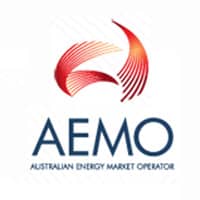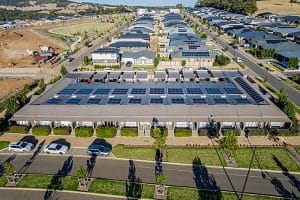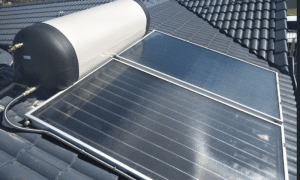Energy storage and transmission in Australia has never been more important to the future of the National Electricity Market (NEM). That’s the upshot of new analysis from the Australian Energy Market Operator (AEMO) containing proposals for an electricity grid upgrade.
This week’s ‘Insights’ report expands on the ‘Integrated System Plan’ for the NEM that AEMO released in 2018. The report depicts a grid dominated by renewable energy and the phasing out of coal-fired power stations.
It examines the impact pumped hydro projects like Snowy 2.0 will have on buttressing the NEM over the long-term and during drought. It also regards Tasmania’s Battery of the Nation hydro storage project as a lifeline for Victoria’s renewables.

As AEMO CEO Audrey Zibelman points out: “The NEM has to manage growing variable renewable generation and declining reliability of existing generators.”
The future is storage: pumped hydro delivers long-term
In its 2018 Integrated System Plan (ISP), AEMO declared that utility-scale renewable generation, storage, distributed energy resources like rooftop solar, flexible thermal capacity and transmission would best support the transformation of the NEM and provide opportunities for new investment.
The ISP forecasts that nearly 50 per cent of Australia’s energy generation will come from renewable sources by 2030.
Energy storage ensures renewable power systems are resilient to weather events. The conclusion is that a network consisting of a variety of large-scale storage technologies, complemented by smaller, household battery storage, creates an “all-weather” solution.
Pumped hydro storage best for renewable support
Pumped hydro storage is the better option when renewable energy generation is low, the report reasons. This is because long-term (weeks and months) storage solutions like Snowy 2.0 deliver higher fuel cost savings.
Indeed, one week’s storage in Snowy 2.0 in 2030-31 saves approximately $86 million on average in fuel costs, analysis shows.
However, short-term, or ‘shallow’ developments – with six to eight hours storage – are the most valuable for daily and day-ahead load shifting. These would complement generation from utility-scale solar and rooftop solar power systems.
AEMO’s latest modelling for both Snowy 2.0 and BaTN reveals they could deliver $55 million greater market benefits to consumers than estimated. But this would only occur if the right upgraded transmission networks are in place.
Electricity grid upgrade: Better infrastructure will save billions
The Insights report identifies transmission network upgrades to expand transfer capability between the Snowy region and the states.
Specifically, it recommends an electricity grid upgrade between Snowy 2.0 and Sydney. Expanding the network would maximise reliability benefits ahead of the closure of NSW’s Liddell coal-fired plant in 2022.
In addition, electricity grid upgrades between the Snowy, North-West Victoria and Melbourne would offset energy deficits from coal power station closures in Victoria.
AEMO says these transmission augmentations are not easy to implement. However, they could save customers $3.8 billion in power bills, according to independent analysis from Aurora Energy Research.







































